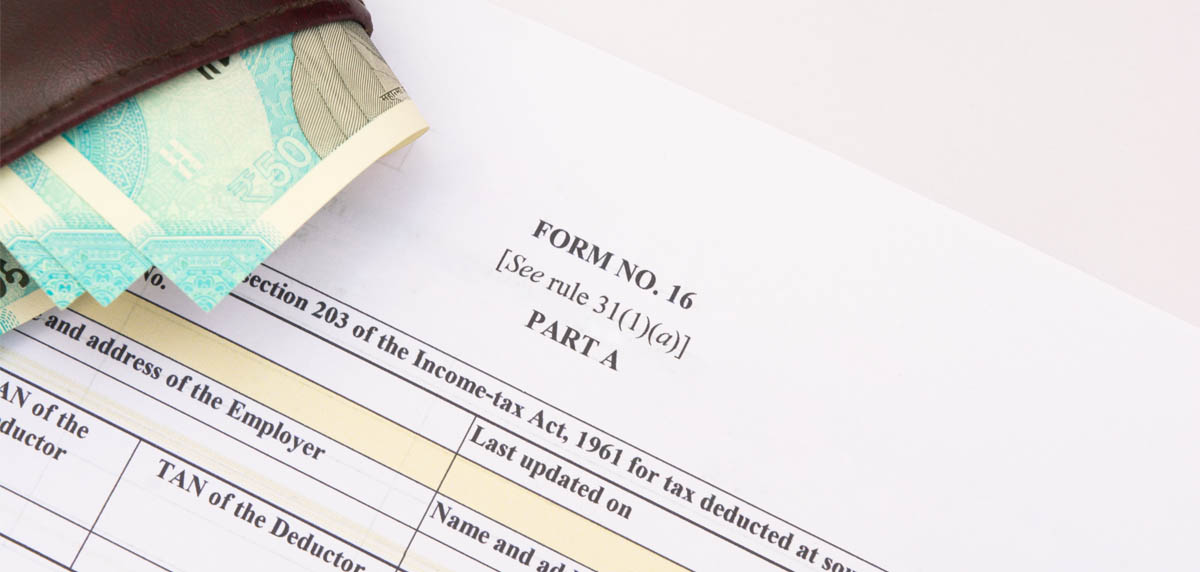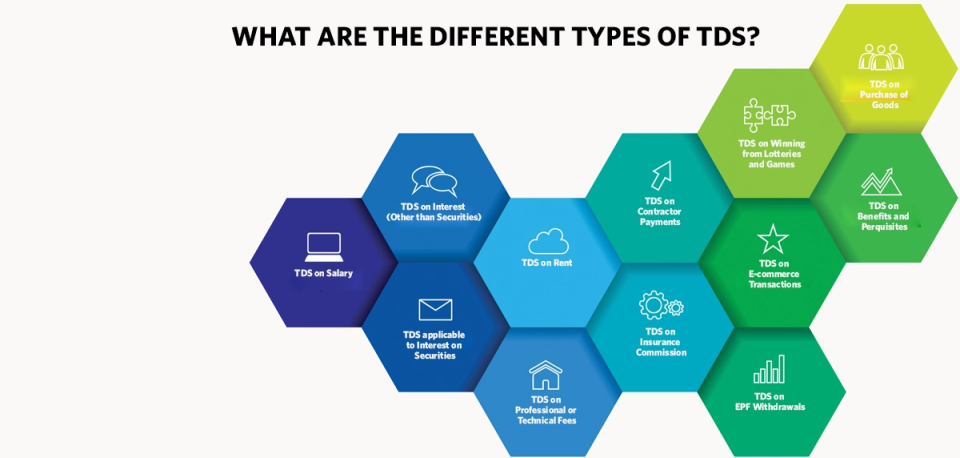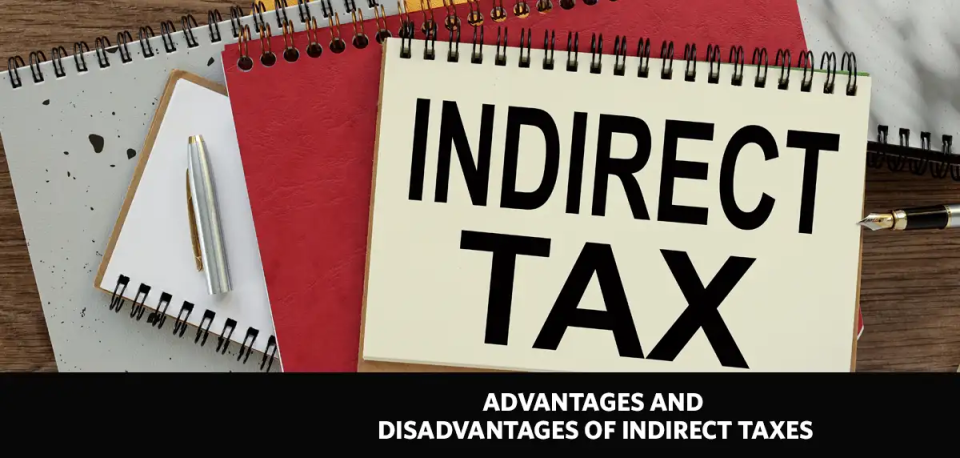Form 16 is an essential document for salaried individuals in India, provided by employers to employees annually. It serves as proof of tax deducted at source (TDS) from an employee’s salary and provides a comprehensive summary of their income and tax liabilities. Here’s a detailed guide to understanding Form 16, its sections, and how it aids in filing income tax returns (ITR).
Understanding Form 16
Also known as the “TDS Certificate for Salaried Individuals,” Form 16 is issued by employers to employees from whose taxable income, TDS has been deducted. It’s a key document when you start the ITR filing process, as it summarises salary earnings, tax deductions on it, and other related information.
Here are the key elements making up the contents of your Form 16.
- Income from Salary: Details about your earnings, including basic salary, allowances, and bonuses.
- TDS Details: Break-down of the tax deducted from your income by your employer.
- Deductions Claimed: Information on eligible deductions, such as Section 80C deductions (Applicable in case of old tax regime/scheme).
Sections of Form 16
Form 16 is divided into two sections – Part A and Part B.
Part A: Details of TDS
Part A provides a summary of the tax deducted from your salary and remitted to the government. It includes:
- Employer’s Details: Name, PAN, and TAN (Tax Deduction and Collection Account Number).
- Employee’s Details: Name, address, PAN, and assessment year.
- Summary of TDS Deductions: Monthly breakdown of TDS deducted and deposited.
Part B: Salary Breakdown and Tax Computation
Part B is a comprehensive summary of your salary, tax computation, and deductions claimed. It includes:
- Gross Salary Details: Breaks down basic salary, allowances, and other income components.
- Section 80C Deductions: Lists deductions claimed under Section 80C, including life insurance premiums, employee provident fund contributions, and more. However, these deductions can only be claimed if the assessee has opted for old tax regime / scheme.
- Taxable Income: After applying all deductions, the remaining net income subject to tax is shown.
What Role Does Form 16 Play in ITR Filing?
For a salaried taxpayer, Form 16 forms a key component of the ITR filing process. Here is what Form 16 fulfils.
1. Simplifies Filing ITR
Form 16 provides a detailed summary of income and deductions, making it easier to file ITR accurately. It reduces the risk of errors while filing, as it includes pre-verified information from your employer.
2. Assists with Income Tax Calculator
Form 16 details help you input accurate income details and deductions into an income tax calculator. You can then estimate potential refunds or additional liabilities. By referring to Form 16, taxpayers can leverage the income tax calculator to project tax-payable/refund scenarios.
3. Proof of Income and Tax Payments
Form 16 is an official record verifying your income and tax payments, making it useful for loan applications and financial documentation.
4. Claim Section 80C Deductions
Form 16 lists Section 80C deductions, which reduce taxable income. This section covers life insurance premiums, PPF, and more, offering significant tax-saving opportunities. However, the same would be applicable only in the case of employee who has opted for old tax regime / scheme.
Using Form 16 to File ITR
Form 16 serves as the foundation when you file ITR, ensuring all income sources and deductions are accurately reported. Here’s how it can streamline the ITR filing process.
Cross-Referencing Income Details
Form 16 details your salary income, which can be directly entered in the income section while filing ITR.
Claiming Eligible Deductions
You can claim the same Section 80C deductions in your ITR that are listed in Form 16, such as life insurance policy premiums and provident fund contributions if the tax is paid under the old tax regime / scheme.
Calculating Taxable Income
After all deductions, Form 16 reflects the net taxable income, allowing for accurate tax calculation.
Using an Income Tax Calculator for Final Checks
Once the data from Form 16 is input into the ITR form, an income tax calculator can confirm if any additional taxes are due or if a refund is expected.
How Section 80C Deductions Impact Taxable Income
Section 80C deductions, available under the Income Tax Act, allow taxpayers who has opted old tax regime / scheme to lower their taxable income. Deduction for investments can be taken in eligible instruments, up to ₹1.5 lakh annually.
1. Life Insurance Policy Premiums
Life insurance policy premiums are among the most common Section 80C deductions. It is crucial to verify the total amount paid for premiums and claim the benefit on Form 16.
2. Employee Provident Fund (EPF) Contributions
EPF contributions are another tax-saving component that reduces taxable income. It is crucial to verify the amount with the Form 16.
3. Public Provident Fund (PPF)
PPF contributions allow long-term savings and are eligible for Section 80C deductions, providing a tax-efficient savings vehicle.
4. Using an Income Tax Calculator for 80C Planning
By inputting eligible Section 80C deductions in an income tax calculator, individuals can plan tax savings through investments such as life insurance and EPF.
As per the new income tax slabs in Union Budget 2025, you cannot claim deductions through Section 80C, Hence, if you have chosen the new regime of taxation, you will have to rely on the standard deduction of ₹75,000 for tax savings.
FAQs About Form 16
1. What should you do if you don’t receive Form 16?
It’s the employer’s responsibility to issue Form 16 if TDS has been deducted. However, if it isn’t provided, individuals can use Form 26AS or salary slips or Annual Information Statement (AIS) to gather income details and file ITR.
2. Can Form 16 help in calculating tax refunds?
Yes. Using an income tax calculator along with Form 16 details can help estimate if a refund is due, especially if excess TDS was deducted.
3. How to file ITR without Form 16?
In cases where Form 16 is unavailable, employees can use pay slips, Form 26AS and AIS to file ITR. The income tax calculator can help ensure accurate tax estimations based on income and deductions.
Form 16 is a crucial document simplifying the tax filing process for salaried individuals. It not only provides clarity on income and TDS but also highlights eligible deductions such as Section 80C, including life insurance premiums and provident fund contributions. Using an income tax calculator alongside Form 16 can help taxpayers file ITR with confidence, ensuring accuracy and potential tax savings.





















